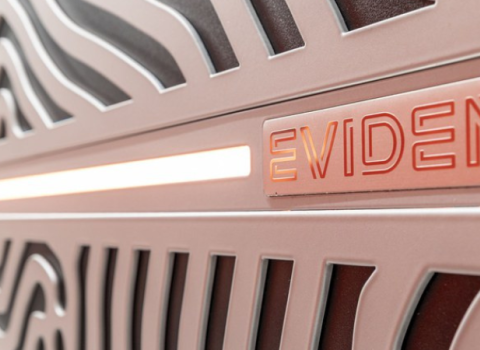The Kumo crawler, created by the researcher Leonardo Bautista and his team, monitors the blockchain network to measure the reliability of the new Ethereum 2.0 protocol, which should become operational in 2022
The research is carried out in collaboration with the Ethereum Foundation and the European project Ontochain
The blockchain is considered a disruptive technology with great expectations and interesting applications in multiple fields: from financial transactions and smart contracts to cultural creation or voting systems. However, in recent times, warning voices have been raised about the high energy consumption of this technology, highlighting that only Bitcoin (one of the best-known implementations of the blockchain) consumes more energy than some Western countries, such as Sweden. Another important problem that this technology faces is scalability, that is, its ability to multiply the number of transactions per second, without creating bottlenecks or losing reliability.
Leonardo Bautista, computational researcher at Barcelona Supercomputing Center (BSC) is collaborating with the Ethereum foundation to launch, in 2022, a new blockchain system that increases the scalability of this technology by increasing the number of transactions per second more than 1,000 times and that can reduce its energy consumption up to 500 times.
Ethereum and its commitment to a new block creation system
Ethereum is a decentralized, open-source blockchain with smart contract functionality that was proposed in 2015 by Vitalik Buterin, former Bitcoin collaborator to create a technology that would overcome the limitations of this cryptocurrency.
To reduce energy consumption, Ethereum proposes to change the protocol implemented by Bitcoin, proof of work, since it requires a large number of operations per second (and therefore large amounts of computational and energy resources to guarantee security). Instead, a new system will be implemented, called proof of stake, in which security will emanate without requiring the computational load of the proof of work protocol.
In addition, to increase scalability, a new technology, sharding, consisting of breaking the blockchain into many smaller and independent chains called shards, that interact with a larger chain, the beacon chain, will be deployed.
Kumo, a network crawler to ensure its reliability
Bautista started his collaboration with Ethereum in 2018 with a project aimed at developing an open source simulator, to simulate blockchains with various scalability technologies, such as the sharding technique. Now Bautista is working with the Ethereum Foundation to monitor different aspects of the Ethereum 2.0 network as well as the performance of the different Ethereum 2.0 client implementations.
In 2021 the collaboration was expanded thanks to the financing of the European project Ontochain. This project aims to build the new generation of the internet (NGI) by increasing reliability on information, with the help of the blockchain. This collaboration has made it possible to improve Kumo, a p2p network crawler created by Bautista and his team to collect information on the most diverse aspects related to the creation of blockchains: from the geographical distribution of the different nodes of the network, the latency of clients or the malicious behavior of users who try to perform actions seeking illegitimate economic benefits or leave the blockchain inoperative. Moreover, Kumo also helps to understand the level of decentralization of the protocol, as can be seen in this example.
BSC researchers are currently aggregating and analyzing information to ensure the availability, reliability and efficiency of the data stored on the blockchain. To do this, they use the experience acquired in the development of scalability and reliability tools for supercomputers, since both technologies share similar challenges.
Other collaborations for the development of blockchain technologies
In addition to his collaborations with the Ethereum Foundation and in the OntoChain project, Bautista has participated in the preparation of the “Report on scalability in the blockchain”, of the Generalitat de Catalunya, in which the scalability challenges that this technology faces are raised and what are the different approaches or solutions that are being worked on to solve it. In the same way, the entrepreneur pre-accelerator Barcelona Activa is promoting the development of the Kumo project and its potential ramifications as a product in the Blockchain ecosystem market.
The article was first published on May 25 by BSC.





 A unique international forum for public research organisations and companies to connect their external engagement with strategic interests around their R&D system.
A unique international forum for public research organisations and companies to connect their external engagement with strategic interests around their R&D system.